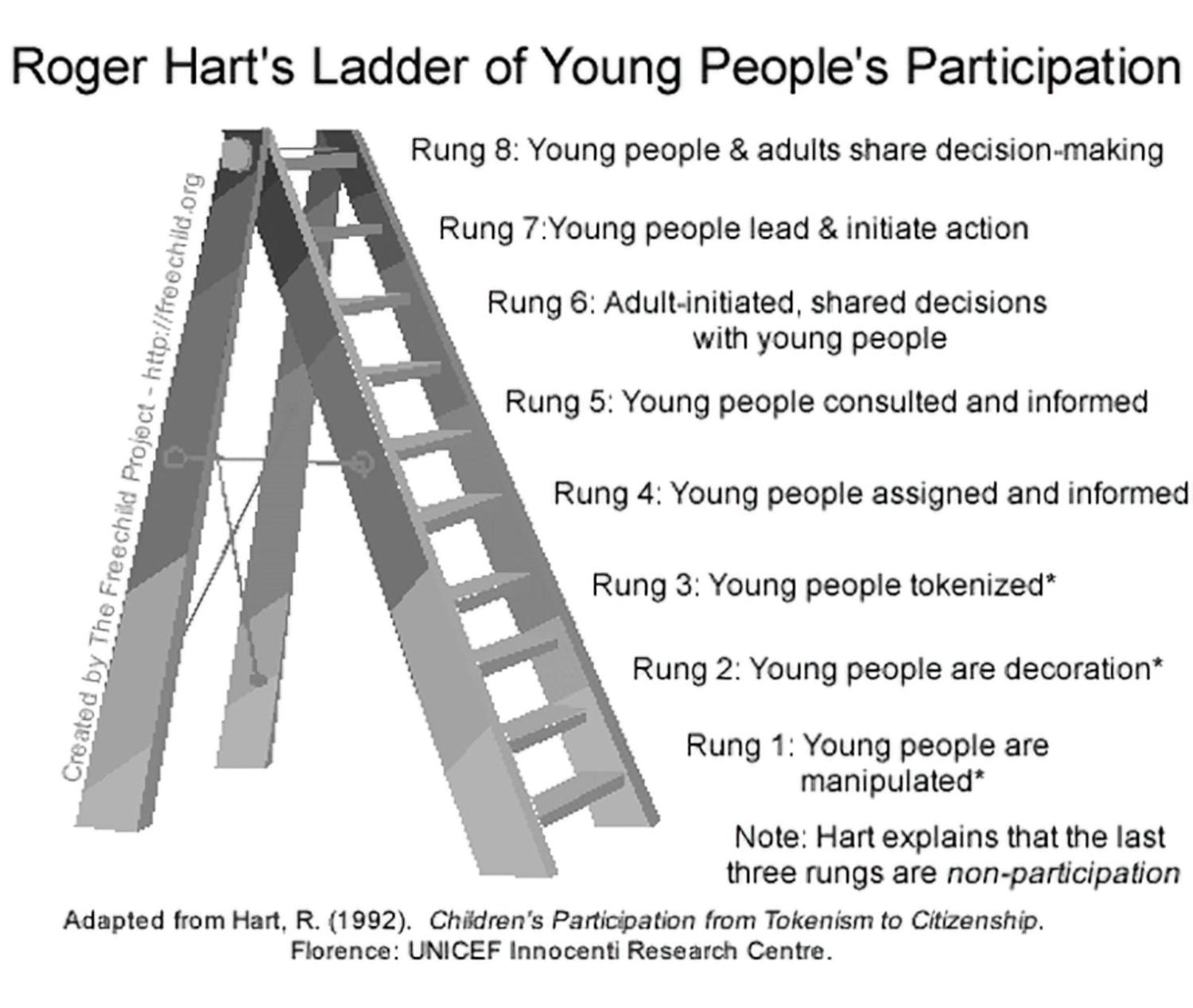Despite representing 16% of the global population, young people remain largely excluded from shaping the transformation of the education systems they navigate daily—systems whose strengths and limitations they know intimately. In 2020, the United Nations Youth Office reported that less than 3% of political decisionmakers are under 30 and less than 1% are young women. This systematic exclusion from decisionmaking both reflects and perpetuates educational inequities, as those most affected by educational challenges are precisely those excluded from conversations around education systems transformation. Recent data reveals that around 251 million children and youth are out of school worldwide, and 70% of children under 10 cannot read age-appropriate texts with comprehension, with a disproportionate amount of them coming from low and middle-income countries. Additionally, 33% of school-aged children and youth in low-income countries are out of school, compared to only 3% in high-income countries, and only 13% of the poorest population complete lower secondary school compared to 70% of the richest—a crisis that has worsened significantly since the pandemic.
Education systems, constrained by hierarchies and disjointed policies and practices, struggle to adapt to rapid global changes. While young people need to develop a relevant breadth of skills to navigate an evolving world, current systems operating under the prevailing perception of youth as inert consumers of knowledge are failing to deliver on their promises for young people. As such, while the lived experience of young people as both contributors and beneficiaries in the education system uniquely positions them as critical collaborators in meaningful education transformation, the benefits are largely unrealized because young people are not systematically included. In this commentary, we explore what “youth inclusion” in research and practice is—and is not—and how members of the Network for Education Systems Transformation (NEST) are working together to understand the critical role youth voice and engagement play in the network’s processes of research and practice.
Beyond tokenistic representation
Education is a powerful lever for development, but while making promising strides in recent years, the development sector has fallen short of turning its aspirations for “youth inclusion,” “youth empowerment,” and “youth participation” into tangible outcomes. Deeply rooted historical approaches to education continue to shape contemporary practices, often treating young people as passive recipients of knowledge and viewing them as “blank slates” to be filled with knowledge that adults deem fit. This perspective neglects their lived experiences and vital perspectives, failing to recognize that young people are often experts in their own lives.
In the education sector, one typical pattern is familiar: youth representatives are invited to high-level meetings, given limited speaking roles, and included in documentation, but their perspectives are often ignored, misunderstood, and dismissed, seldom shaping final policy decisions. This gap between symbolic representation and the meaningful centering of youth perspectives not only misses opportunities for critical voices but also risks reducing transformative youth engagement into a mere procedural checkbox.
Moving beyond tokenistic gestures requires researchers, policymakers, and practitioners to reimagine how education systems can create genuine pathways for youth voices to be centered. For instance, transitioning towards a more participatory and co-constructive learning model can allow young people to function as collaborators in their education rather than mere recipients. Such an approach can promote the development of a breadth of skills as young people’s capacity for critical thinking, negotiation, teamwork, and leadership are honed. This offers them the opportunity to transform their own lives, their communities, and broader education systems.
Moving toward a network understanding of youth engagement
Meaningful youth engagement is more than just including their voices, it’s a matter of genuine listening, acknowledgment, recognition, and validation. Examples of global youth-led initiatives, movements, and organizations, from #FeesMustFall in South Africa to Helsinki’s Youth Council, already demonstrate young people’s capacity to affect systems change when they mobilize collective actions and create platforms for influence. Nevertheless, these cases highlight the need for more formal mechanisms, including continuous monitoring and evaluation processes and accountability structures, to ensure young people’s voices can be meaningfully centered and channeled to transform education systems. In the following example, we discuss how NEST is working to explore this challenge through its Youth Voice and Engagement (YV&E) discovery group.
Composed of a subset of NEST’s network members, the YV&E discovery group has been working collaboratively since October 2023 to document and analyze the network’s approaches to youth engagement in research and practice. Influencing the discovery group’s work is Roger Hart’s “Ladder of Participation,” a simple yet critical framework that showcases the various stages of youth participation—from meaningless to meaningful—and can be applied across local contexts and at the global level. Recognizing Hart’s framework’s adaptability and applicability across global contexts, the YV&E discovery group is utilizing it as a strategic guide to explore how education systems can move beyond tokenistic youth inclusion, and towards enabling young people to hold real decisionmaking authority as co-leads and collaborators in research, policy, and practice.
Source: Enhancing youth resilience: What can government, schools, communities, and youth do together?
Current progress and next steps
Over the next six months, the YV&E discovery group is developing a working paper detailing NEST’s processes for youth engagement. They have already begun collecting data from the network by surveying member organizations and recording their youth engagement practices and experiences. The findings of this survey will help inform the aforementioned white paper and help us understand where NEST members stand in terms of youth engagement.
Our journey has just begun. Stay tuned to this blog series for more information on our discoveries and insights. The future of education depends on those who will inherit it—our youth. Hence, meaningful youth engagement in research, policy, and practice is not an option, but a necessity.
-
Acknowledgements and disclosures
This blog has grown out of the collaborative work of the Network for Education Systems Transformation (NEST). We would like to especially thank NEST member Linice Sanga for reviewing this blog.
The Brookings Institution is committed to quality, independence, and impact.
We are supported by a diverse array of funders. In line with our values and policies, each Brookings publication represents the sole views of its author(s).






Commentary
The unheard population: Centering youth voices for education systems transformation
February 5, 2025